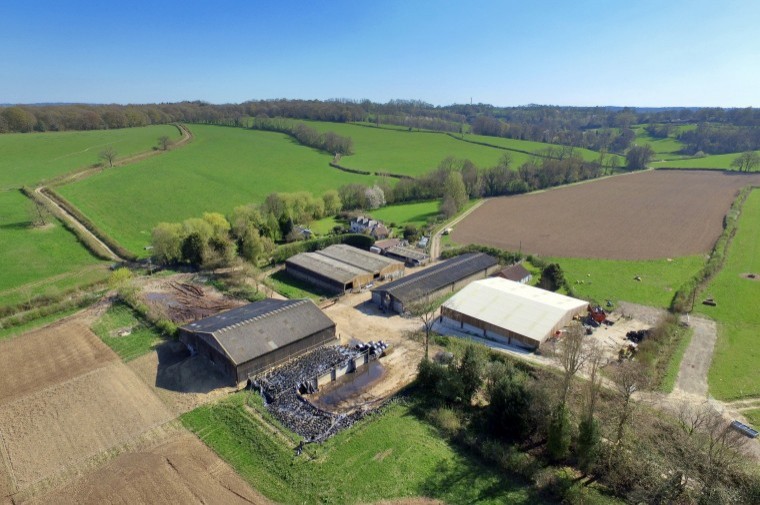2018 farmland performance
The Savills Farmland Value Survey shows that during 2018, the average value of prime arable land in the South East of England fell by -2.3% to £9,310 per acre. This compares with an average decrease across Great Britain, for prime arable land, of -2%, to an average of £8,760 per acre, for the same period.
The South East accounted for 12% of farmland marketed during 2018, with 15,900 acres marketed compared with 15,100 acres in 2017, equating to an increase of 5%. This compares with an increase in supply across Great Britain of 24% (31% in England) during last year.
Given the so-called ‘market sentiment’ surrounding Brexit uncertainties, 2018 saw considerably more buoyant trading than we were perhaps expecting going into the year. Open market and private transactions continue to bear out the divide between better and poorer quality land, but the most noticeable impact on the land market in the South East has been from viticulture buyers acquiring significant acreages in both Kent and Sussex.
Opportunities for investors
There is still a host of compelling reasons to invest in farmland. Over the past ten years, the value of Great Britain’s farmland has on average increased by just over 50%, illustrating excellent investment performance based on long term capital appreciation.
Rural property has been a comparable investment to alternative property assets and financial instruments over the past twenty years. It has delivered a healthy annualised total return of around 10% across the UK, only beaten by mainstream let residential portfolios. The scenario is pretty similar over the past ten years; the star performer was forestry with an annualised total return of almost 16%.
It is worth noting that rural assets have advantages over other assets based around taxation and ownership benefits. Farmland is a tangible asset, a good inflation hedge and its performance is relatively recession proof. This last point results in a low or negative correlation with other traditional asset classes such as stocks and bonds, giving an interesting portfolio diversification.
The future: 2019 and beyond
Early activity in the 2019 farmland market is encouraging, but vendors are having to be increasingly patient as buyers are taking their time before making a commitment. We expect it will continue to be the more diverse holdings, or those with the potential to become so, that will be the better sellers this year as non-farming income could be the key to making a significant investment stack-up financially. Amenity and lifestyle farms are expected to follow the 2018 trend, continuing to be in high demand.
Acquiring farmland can create an opportunity to diversify an investment portfolio. Farmland is inversely correlated to many other assets and therefore tends to perform when other assets are under pressure, presenting a low-risk investment in what is a very transparent market place where entry and exit from the market is comparatively easy to achieve.
In terms of income generation, land-based opportunities extend beyond food production and diversified income sources mitigate exposure to commodity price volatility, including energy, forestry, property rental, non-farming opportunities such as leisure and tourism, and natural capital assets. Natural capital will be an increasingly important focus for landowners in light of last year’s Agricultural Bill.
In summary, the key for investors will be to spread risk and have a balanced asset portfolio that meets its performance objectives. Our market intelligence and work for existing clients shows that finding land and property in or near towns and cities or overseas is a clear investment strategy.




